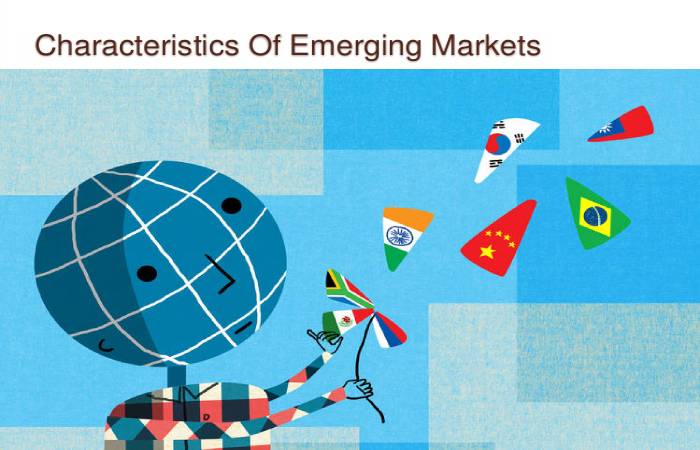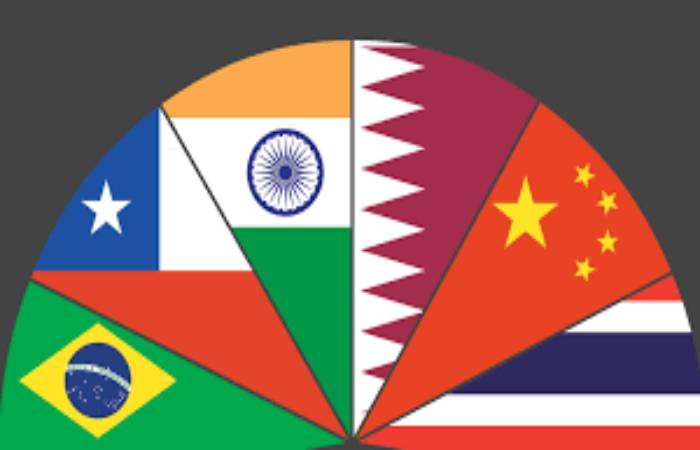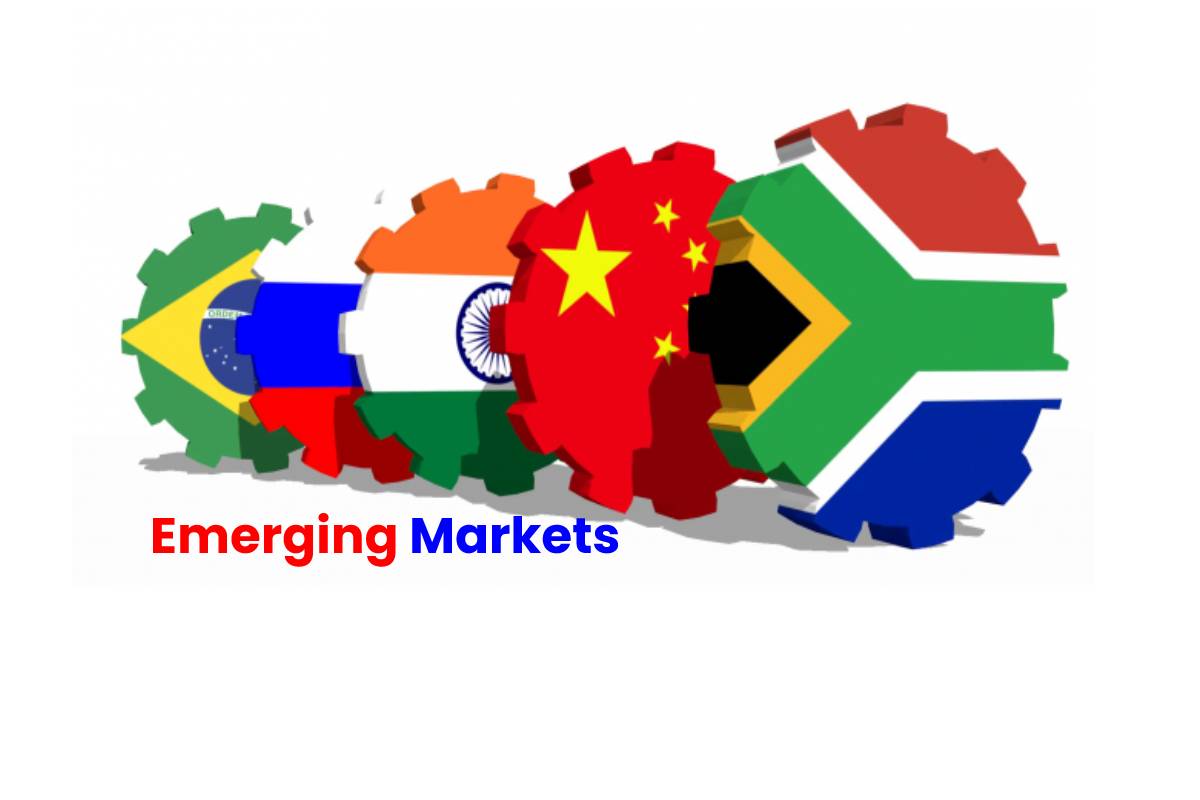Table of Contents
Emerging Markets Definition
Emerging markets are those countries or economies that are in a transition phase between developing and developed countries.
In other words, they are growing at a reasonable rate, and they are not third world countries, but they have not developed countries either. Antoine van Agtmael popularized the term emerging markets in the 1980s.
At that time, this economist chaired the World Bank and used it to refer to some countries such as China, India, Brazil or Argentina.
List of Emerging Markets
- The Morgan Stanley Capital International Emerging Market Index (MSCI Index) lists 26 countries.
- They are Argentina, Brazil, Chile, China, Colombia, Czech Republic, Egypt, Greece, Hungary, India, Indonesia, Korea, Malaysia, Mexico, Pakistan, Peru, Philippines, Poland, Qatar, Russia, Saudi Arabia, South Africa, Taiwan, Thailand, Turkey, and United Arab Emirates.
- Other sources also list another eight countries as falling into the emerging market category. They comprise Argentina, Hong Kong, Jordan, Kuwait, Saudi Arabia, Singapore, and Vietnam.
- The main emerging market powerhouses are China and India. Together, these two republics are home to over 35% of the world’s labour force and population.
- In 2018, their combined gross national product (about US$28.1 trillion) was greater than that of either the European Union ($18.8 trillion) or the United States ($20.5 trillion).
- In any discussion of emerging markets, these two supergiants powerful influence must be kept in mind.
Characteristics of Emerging Markets

There are a wide variety of emerging economies. And this variety occurs because there are many differences between emerging countries.
They have different political regimes, foreign economic policies or radically opposite geographic situations, among many other issues.
However, there are a series of features common to all of them that allow us to define them as emerging markets:
Internationalization
- These are countries that are opening their economies abroad in a fundamental way.
They Pose Risks of Political Instability
- Major political transformations are taking place not only in the reforms and proposals but also in the ideologies.
They Grow in Situations of Uncertainty
- Although they grow at high rates, this rate may not be constant. Let’s say that their growth is fragile since they are weak economies.
Volatile Currencies
- They present currencies whose value varies with a specific frequency. It tries to be controlled, but in most cases, it is not achieved.
Deep Social Changes
- Significant social structure changes accompany economic growth in changes of thought and ideas and education or poverty.
Absence of a Strong Middle Class
- Developed countries are characterized by having a robust middle class. That is, simplifying a lot, a few poor people, many middle-class people and a few wealthy people.
- In emerging markets, there are far more people close to poverty than in the middle class.
Great Potential for Growth
- Everyone agrees that they have great potential for economic growth.
- Some examples of an emerging market are Argentina, Chile, Colombia, Poland, China, India, the Philippines, Pakistan, Egypt or Morocco.
Strengths and Weaknesses of Emerging Markets

- Consequently, the risk of political instability, among other factors, of a weak middle class is one of the biggest problems that emerging countries have in general.
- This is compatible with the rapid growth of its economy taking place or expected within an irregular and variable cyclical context that generates unavoidable uncertainty.
- Its monetary policy’s operation is based on a series of essential indicators such as the evolution of GDP, inflation, and the balance of payments.
- Another characteristic of emerging markets is their economic volatility, making them vulnerable due to their lack of liquidity in their assets.
- It is one reason for its slowdowns and abrupt changes that, again, do not favour investments.
- Currently, the global crisis has created a problematic context for emerging markets.
- However, we can only determine to what extent it has affected and continues to affect different emerging markets through a detailed analysis.
The Select Group of the BRICs of Emerging Markets
- The emerging countries, which number in the dozens – following the concept coined by Antonie van Agtmael in the eighties, at that time a World Bank economist.
- They are considered to be at a medium level of development, between the developed and the developing countries.
- Development path. However, its rapid growth may go through periods of stagnation, as is currently the case with Brazil or, at the opposite extreme, with China.
- Both belong to a select group of emerging economies. They are called BRIC countries (Brazil, Russia, India, China), all of them with excellent growth potential and geostrategic importance.
- Only the five of them represent 40 per cent of the population and a fifth of GDP.of the world economy.
- Simultaneously, within the BRICS, there are substantial differences that respond to their different characteristics and circumstances.
- It requires a meticulous analysis of their growth potential and different problems based on our expectations.
- Only in this way can we realistically assess the convenience of deciding to invest or do business.
Conclusion
The term emerging market refers to countries with economic opening, a transition with essential reforms, and a low per capita income.
Although the economy is improving due to openness and reforms, these are countries with a large population.
Precisely the disparity between market growth and its effects can constitute a stumbling block in the growth process.
These types of economies represent approximately one-fifth of the world’s economies.


